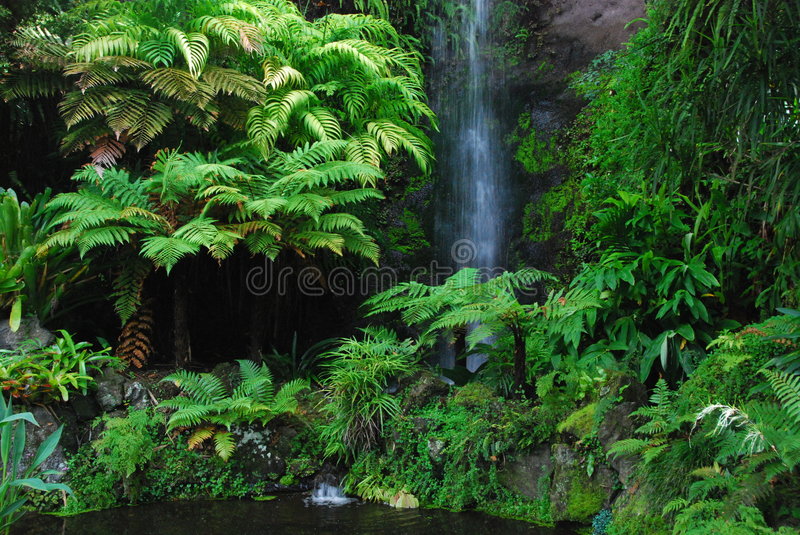
After studying the Greek text of Genesis 2:10, I believe that it should be read as saying that Eden was separated between the four headwaters. In other words, it is Eden that is the subject of the verse and the ‘it’ in the verse refers to Eden and not to the river.
In Genesis 2:10 the Hebrew word וְהָיָ֖ה translated ‘and became’ can also be translated as ‘shall extend’ (Numbers 34:3) or ‘shall correspond’ (Leviticus 25:50). There is a preposition on the word לְאַרְבָּעָ֥ה (four). It is ignored by most Bible translators. It is the preposition ‘to’ https://www.pealim.com/dict/6014-le/. Therefore, the verse is saying that from the river, Eden separates and extends or corresponds to four headwaters.
Therefore, it is my understanding that the verse should read as:
A river, watering the garden, flowed from Eden; from there it (Eden) was separated and extends (corresponds) to four headwaters. (Bold mine)
Genesis 2:10
Verses 11-14 name the four headwaters that demarcate the area of Eden. Eden was separated into the area between the Gihon and Phison rivers and the area between the Tigris and Euphrates rivers. In his book ‘Legend: The Genesis of Civilization’, David Rohl makes a good argument for the Gihon and Phison rivers being the present day Araxes and Uizhun rivers (Legend: The Genesis of Civilization pages 56, 57 and 58). He points out that the Araxes river was originally called the Gaihun and that the letter ‘U’ could be changed to ‘P’ in the ancient world; so that, in fact, the Uizhun is actually the Phison river, with the ‘ison’ of Phison, spelt differently as ‘izhun’, instead of as ‘ison’.